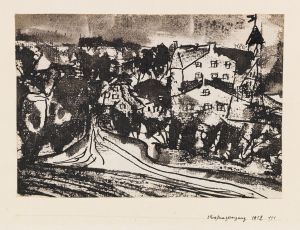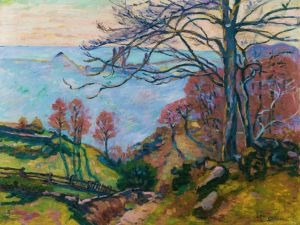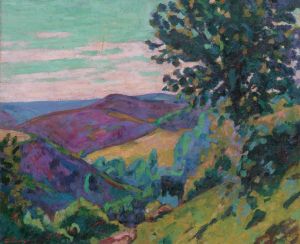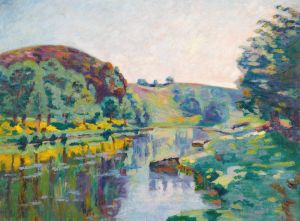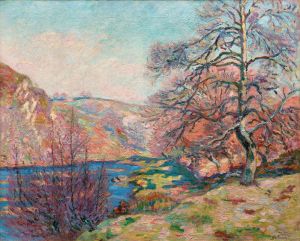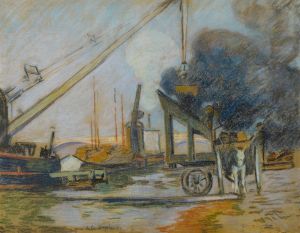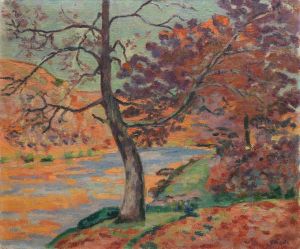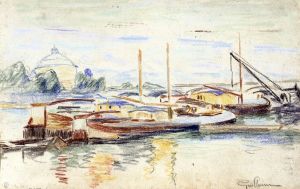
Cribleur de sable
A hand-painted replica of Armand Guillaumin’s masterpiece Cribleur de sable, meticulously crafted by professional artists to capture the true essence of the original. Each piece is created with museum-quality canvas and rare mineral pigments, carefully painted by experienced artists with delicate brushstrokes and rich, layered colors to perfectly recreate the texture of the original artwork. Unlike machine-printed reproductions, this hand-painted version brings the painting to life, infused with the artist’s emotions and skill in every stroke. Whether for personal collection or home decoration, it instantly elevates the artistic atmosphere of any space.
Armand Guillaumin was a French impressionist painter known for his vibrant landscapes and contributions to the Impressionist movement. One of his notable works is "Cribleur de sable" (Sand Sifter), which showcases his distinctive style and thematic focus.
"Cribleur de sable" was painted in 1869, during a period when Guillaumin was deeply involved with the Impressionist circle. This painting depicts a laborer engaged in the task of sifting sand, a common activity in the rural and semi-industrial landscapes that Guillaumin often portrayed. The scene is set in a natural environment, highlighting Guillaumin's interest in capturing the everyday lives of working people and the interaction between human activity and nature.
The composition of "Cribleur de sable" is notable for its use of light and color, hallmarks of the Impressionist style. Guillaumin employs a palette of earthy tones to render the sand and surrounding landscape, while the figure of the sand sifter is depicted with a sense of movement and purpose. The brushwork is loose and expressive, contributing to the overall impression of a fleeting moment captured in time.
Guillaumin's approach to this subject matter reflects his broader artistic goals. He sought to convey the beauty and dignity of ordinary labor, a theme that resonated with many of his contemporaries. By focusing on a humble worker, Guillaumin aligns himself with the democratic spirit of the Impressionist movement, which often celebrated the lives of common people rather than the elite.
The painting also demonstrates Guillaumin's skill in handling light. The interplay of sunlight and shadow is carefully observed, creating a dynamic and realistic effect. This attention to natural light is a key characteristic of Impressionism, and Guillaumin's work in this area was influential among his peers.
"Cribleur de sable" is part of Guillaumin's broader body of work that includes numerous landscapes and scenes of rural life. His paintings are characterized by their vivid colors and bold compositions, which set him apart from other Impressionists. Despite not achieving the same level of fame as some of his contemporaries, Guillaumin's contributions to the movement were significant, and his works are appreciated for their unique perspective and technical proficiency.
Today, "Cribleur de sable" is recognized as an important example of Guillaumin's art. It is housed in the Musée d'Orsay in Paris, which holds a significant collection of Impressionist and Post-Impressionist masterpieces. The painting continues to be studied and admired for its artistic qualities and its representation of 19th-century French rural life.
In summary, "Cribleur de sable" by Armand Guillaumin is a notable work within the Impressionist canon. It exemplifies the artist's focus on everyday scenes, his mastery of light and color, and his commitment to depicting the dignity of labor. The painting remains an important piece in the history of Impressionism and a testament to Guillaumin's artistic vision.





